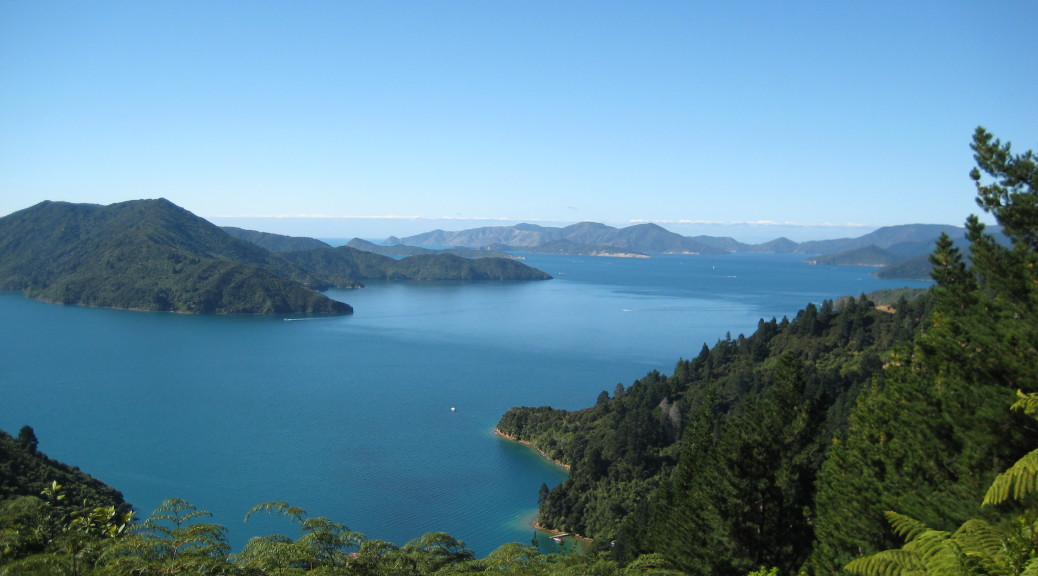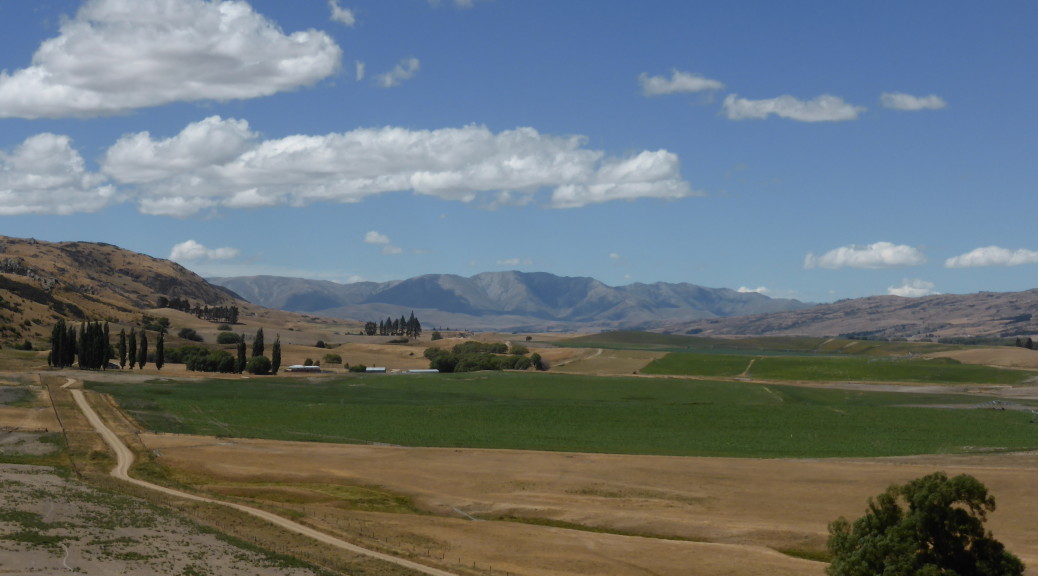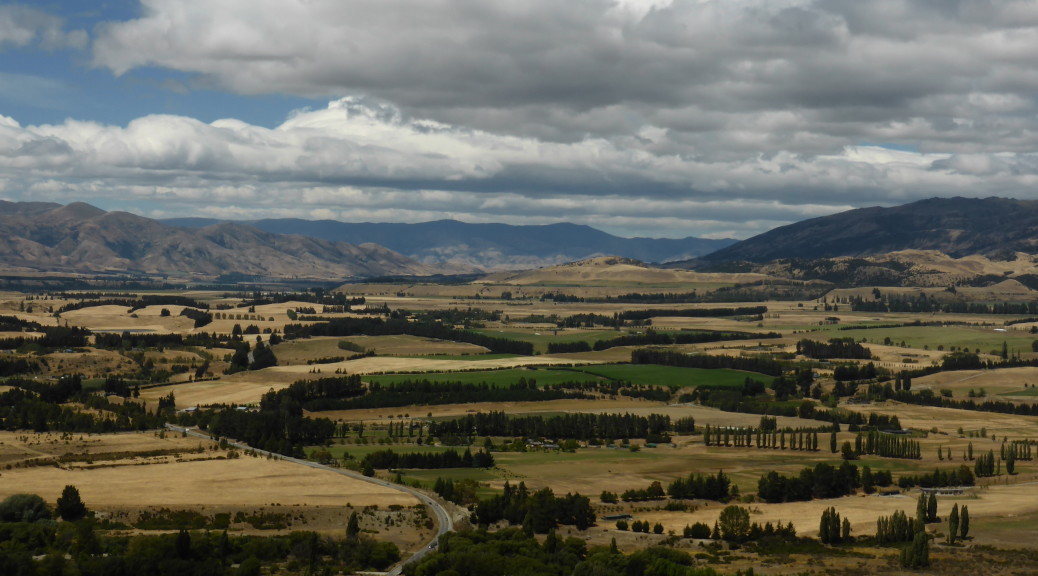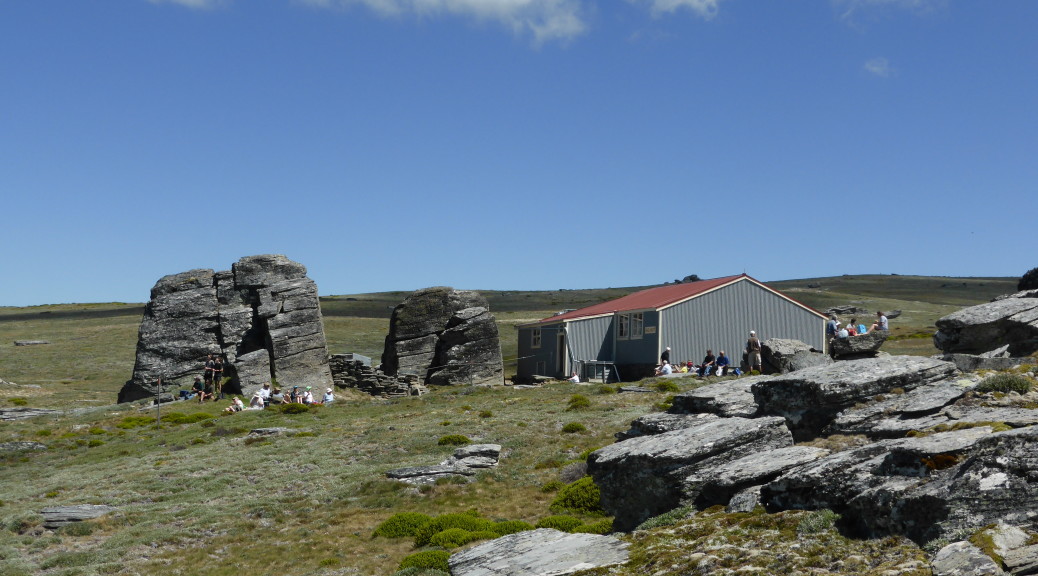This year the Kiwi Brevet is a 1150 kilometre clockwise loop (over 700 miles) on a mountain bike (for most) around the top half of the South Island in less than eight days. I’m not sure if I signed up for this because I was riding so much, or I thought it would be good motivation to ride a lot over the NZ summer – or maybe I’d temporarily lost my mind. Either way, my bike is loaded up and I’m my way to the start in Blenheim. At the very least, I’ll get to see a lot of beautiful backcountry in a part of NZ that I’ve spent very little time.
This event draws its inspiration from the legendary and epic Tour Divide race in North America (basically a self-supported race following the Continental Divide from Banff, Alberta, to the USA-Mexico border at Antelope Wells, New Mexico, which is over 4400 km long and has over sixty-thousand metres of climbing!). The Kiwi Brevet is a lot tamer – with nowhere near as much climbing; a distinct lack of bears, mountain lions, aggressive packs of dogs, snakes; shorter distances between supply points; little chance of snow and so on. As such, the odd person uses the Kiwi Brevet as a stepping stone to the Tour Divide – still a vague possibility for me if I don’t completely hate the experience and fail to find a suitable job in the coming months…
By no means a competitive racer and really just along for the experience, I’ve not gone all out in trying to lighten the load on my bike by buying expensive new things (not having a job probably pays a part too). In fact, I don’t think I’ve bought anything new and my set-up is pretty similar in the two following photos taken ten months apart. Of course, it’ll cost me a bit of time and probably a lot of energy, especially the ever-reliable (so far) but large & slow tyres – but so be it.
 Taken near Portsmouth March 2014 on my first solo overnight bikepacking trip.
Taken near Portsmouth March 2014 on my first solo overnight bikepacking trip.
 All ready for the Kiwi Brevet; the only small changes I can see are an extra bottle & cage, a better pump, the upgraded (under warranty) k-lite dynamo powered light and no mudguards.
All ready for the Kiwi Brevet; the only small changes I can see are an extra bottle & cage, a better pump, the upgraded (under warranty) k-lite dynamo powered light and no mudguards.
The self-supported part of the event means that you can only use what you carry on your own bike (or person I suppose – I’m not taking a backpack) and that which is available to all competitors. So you can carry camping equipment and camp or stay in hotels, motels, B&Bs (or a mix, of course) – but you can’t arrange to stay with friends, for instance. Similarly with food – you can eat what you carry and you can buy food at shops, restaurants, gas stations etc; but you can’t stop in at a friend’s house for a feed, be followed by a car with people giving you food or use food caches. There are few rules, it is rather low-key event (but with still a lot of organisation done by Scott & Jo) – in fact, I can’t even find the rules any more. I do remember reading that one rule is that you must have at least five hours of rest a night (that is not part of the Tour Divide rules) – I don’t think I’m going to come close to breaking that one. Needing to ride about 150 km per day, sleep had better not be a problem.
Here’s the map of the whole course – I’ve put a small amount of time into thinking where I might eat & sleep each night. Only the first night will be in the wilderness, I hope, as we will be in Molesworth Station after 150 km – which I think will be about my limit each day. The GPS file indicates just over nine thousand metres of climbing for the whole course – I’m somewhat skeptical of this, it doesn’t seem very much. It averages out at less than eight metres of climbing per kilometre – most of my rides recently have been more than this, some up to six times more. So I expect a whole lot more climbing than this (on my Garmin) – considering we’re crossing the Southern Alps and all.
So basically I’m going for a long eight day bike ride and don’t really know what I’m getting myself in for. If so inclined, you should be able to follow my progress (we’re all going to be carrying SPOT trackers) on the Map page of this site, or for the blue-dot-watchers: can follow the whole field here. Here’s hoping I make it around OK in less than the allotted time – after all, I have a Picton to Wellington ferry to catch afterwards so I can spend a week visiting good friends and family in and around Wellington (and maybe I’ll still want to ride my bike too).


 Down in the Nenthorn Valley, I remembered to snap a few pictures.
Down in the Nenthorn Valley, I remembered to snap a few pictures. Back up on the ridge again before the gravel road ends for the big descent down into Middlemarch.
Back up on the ridge again before the gravel road ends for the big descent down into Middlemarch.
 And very peaceful it was too with the Taieri River slowly flowing past.
And very peaceful it was too with the Taieri River slowly flowing past. The clouds later tried valiantly to break the drought, but not much came of that. But the wind did change in the night to a NWer – with my tent buffeted strongly by that, I didn’t sleep much.
The clouds later tried valiantly to break the drought, but not much came of that. But the wind did change in the night to a NWer – with my tent buffeted strongly by that, I didn’t sleep much. Things seemed a little calmer as I packed up and got back up to the trail – as you can see it’s very well graded and easy riding, or so I thought.
Things seemed a little calmer as I packed up and got back up to the trail – as you can see it’s very well graded and easy riding, or so I thought.
 The Poolburn Viaduct is the highest on the trail and the following Poolburn Gorge with its two tunnels make it one of the most interesting parts of the trail.
The Poolburn Viaduct is the highest on the trail and the following Poolburn Gorge with its two tunnels make it one of the most interesting parts of the trail.


 The remains of a dredge that sunk in 1912 – it got over 3300 ounces of gold out of the riverbed between 1902 and 1906.
The remains of a dredge that sunk in 1912 – it got over 3300 ounces of gold out of the riverbed between 1902 and 1906.
 Looking west over Lake Wanaka to Mt Aspiring National Park.
Looking west over Lake Wanaka to Mt Aspiring National Park. South up the Coronet Valley.
South up the Coronet Valley. East over the lower reaches of the Coronet River – it then flows into the Clutha just after that flows out of Lake Wanaka & is then joined by the Hawea River.
East over the lower reaches of the Coronet River – it then flows into the Clutha just after that flows out of Lake Wanaka & is then joined by the Hawea River.


 The rain started shortly before Beaumont, so the camera stayed squirreled away for the rest of the day.
The rain started shortly before Beaumont, so the camera stayed squirreled away for the rest of the day.
 Looking back towards home.
Looking back towards home. Hills and clouds.
Hills and clouds.

 The views opened up, naturally, as we climbed – the reservoir in the centre.
The views opened up, naturally, as we climbed – the reservoir in the centre.





